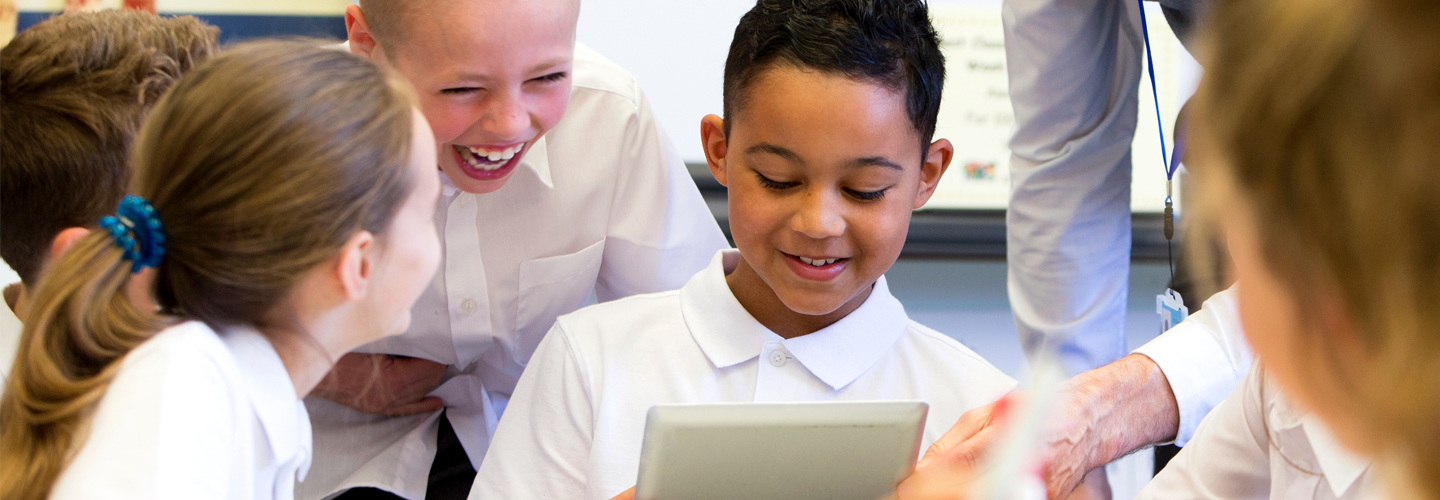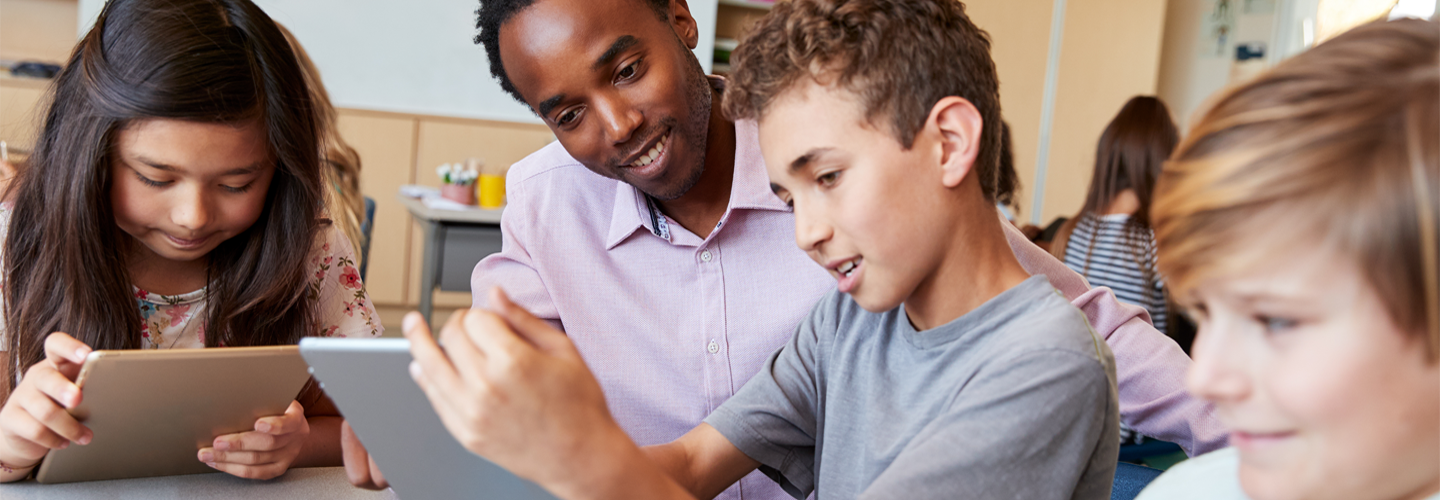
Incorporating reflection activities to kickstart the New Year
A new calendar year offers a natural reset, an opportunity for your learners to pause, look back and lean forward with purpose. Reflection isn’t just a feel-good exercise; it’s a powerful learning accelerator. It helps students consolidate knowledge, develop metacognition and set actionable goals. It also helps you, the teacher, gain insights into what’s working, what needs adjustment and how to sustain momentum. Below are activities that fit into real classrooms and real schedules, with variations for different age groups and subject areas.
Why start with reflection?
Reflection builds self-awareness and agency. When students name what they’ve learned and where they want to grow, they’re more likely to persevere and achieve. For you, structured reflection provides a clearer picture of learning gaps and strengths, enabling intentional planning. Think of these routines as small investments that pay off in greater engagement, clearer goals and smoother instruction all year long.
Quick wins you can do in one class period
Rose–Thorn–Bud
- Purpose: Recognize successes ("rose"), challenges ("thorn") and emerging opportunities ("bud").
- How-to: Give students three sticky notes or three boxes on a digital form. Prompt: “One thing that went well last term”, “One challenge I faced”, “One idea I want to try”.
- Teacher moves: Sort responses to identify class-wide trends. Celebrate roses. Normalize thorns with a growth mindset. Turn buds into a short list of new strategies to try together.
- Variations: Pair-share for younger grades; content-specific (rose = strategy that helped with fractions, thorn = multi-step problems, bud = practice with word problems).
Start–Stop–Continue
- Purpose: Turn reflection into immediate behavior and study habits.
- How-to: Ask students to list one habit to start, one to stop, and one to continue this term. Provide sentence stems: “I will start…”, “I will stop…”, “I will continue… because…”
- Teacher moves: Have students star the one they’ll commit to this week and set a check-in date. Invite a brief self-assessment after two weeks.
- Variations: Subject-specific (start annotating texts, stop cramming, continue reviewing notes nightly).
3–2–1 Learning snapshot
- Purpose: Capture key learning quickly.
- How-to: Prompt with “three concepts I understand now”, “two questions I still have” and “one resource or strategy that helped me learn”.
- Teacher moves: Use the “two questions” to plan mini-lessons or office-hours topics. Share a class list of “one resource” to build a peer-sourced toolkit.
- Tools: Paper exit tickets or a quick digital form, whatever is easier and quicker for you.
Peer reflection interviews
- Purpose: Build belonging and metacognition through conversation.
- How-to: In pairs, students ask: “What’s one thing you’re proud of from last term?”, “When did you feel stuck – and how did you get unstuck?”, “What’s a goal you have for this month?”
- Teacher moves: Teach active listening (eye contact, paraphrasing) and capture themes. Close with a 2-minute write: “One insight I gained from my partner.”
- Variations: Record short audio or video reflections for classes using multimedia tools.
Two stars and a wish (Portfolio refresh)
- Purpose: Reflect using evidence.
- How-to: Students choose two artifacts from last term to highlight ("stars") and one area to improve ("wish"). They attach a brief reflection: what it shows and why it matters.
- Teacher moves: Model with your own sample. Provide a rubric for reflective depth (specificity, evidence, next steps).
- Variations: Early grades can draw or use photos; older students link to digital artifacts.
Deeper dives for week-one routines
Personal learning timeline
- Purpose: See growth over time and connect effort to outcomes.
- How-to: Students draw a timeline of the term: key topics, pivotal moments, breakthroughs, setbacks and supports that helped. They mark future milestones: “By Week 4, I will…”
- Teacher moves: Guide students to identify strategies that worked (study groups, retrieval practice), then add them to their plan. Create wall or digital gallery for optional sharing.
- Extension: Have students revisit the timeline mid-term to add new milestones.
Goal-setting conferences
- Purpose: Craft specific, measurable goals with support.
- How-to: Provide a short goal sheet: “My priority skill”, “Evidence I’ll use”, “Daily/weekly actions”, “Support I need”, “Check-in date”.
- Teacher moves: Rotate through 3-minute conferences to coach students toward clarity and feasibility. Encourage process goals (such as practicing 10 minutes daily) alongside performance goals.
- Variations: Small-group coaching if individual conferences aren’t feasible; student-led with peer feedback for time efficiency.
Class norms refresh (Community agreements)
- Purpose: Re-center your classroom culture.
- How-to: Invite students to propose two norms that helped learning and one to adjust. Synthesize into 5–7 concise agreements.
- Teacher moves: Co-create routines that enact the norms (silent start, exit reflections, peer tutoring). Post and practice with brief weekly check-ins.
- Equity lens: Ensure norms protect voice and belonging, not just compliance.
Make it stick: Implementation tips
- Keep it short and regular. Even just 5–10 minutes a week builds powerful habits.
- Use sentence stems to reduce cognitive load: “A strategy that helped me was…”, “Next time I’ll try…”
- Celebrate progress. Highlight student reflections that show growth, not just perfection.
- Close the loop. Bring reflections back into instruction: “I noticed many of you asked about synthesizing sources—let’s start with a mini-lesson.”
- Make it visible. A reflection wall or digital board keeps goals at the forefront.
Inclusive informed considerations
- Offer multiple modalities: writing, drawing, audio or a private form. Choice increases safety and authenticity.
- Normalize struggle and curiosity. Use language that validates effort: “Challenges are data, not defects”.
- Protect privacy. Invite, but don’t require, public sharing. Summarize themes anonymously.
Using tools you already have
Many of you use courseware, dashboards and assessment reports. Use them to ground reflection in evidence:
- Pull a quick progress report to anchor 3–2–1 reflections in actual performance trends.
- Use item analysis to identify common thorns and plan targeted practice.
- Invite students to look at their data with you during goal-setting conferences.
A quick start plan for week one
- Day 1: Rose–Thorn–Bud plus a short norms refresh.
- Day 2: 3–2–1 Learning Snapshot tied to last term’s key skills.
- Day 3–4: Goal-setting conferences; peers do Two Stars and a Wish.
- Day 5: Personal Learning Timeline and a brief share-out; set check-in dates.
Reflection is a powerful tool. Begin small, stay consistent and let students’ feedback guide you. With clear prompts, support and the right tools, including Pearson’s, you can turn New Year’s energy into steady progress for your class.




